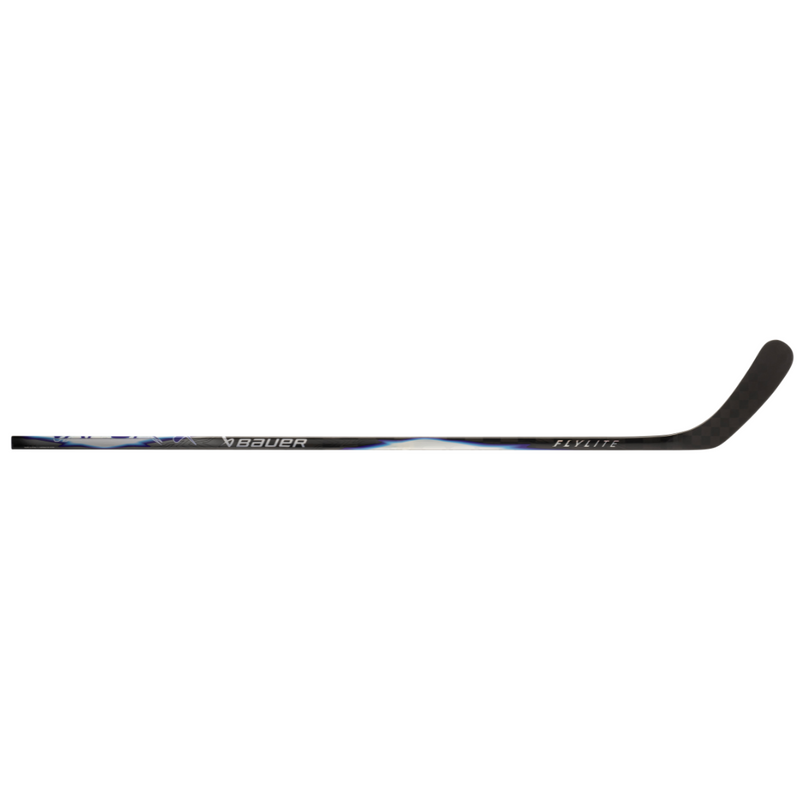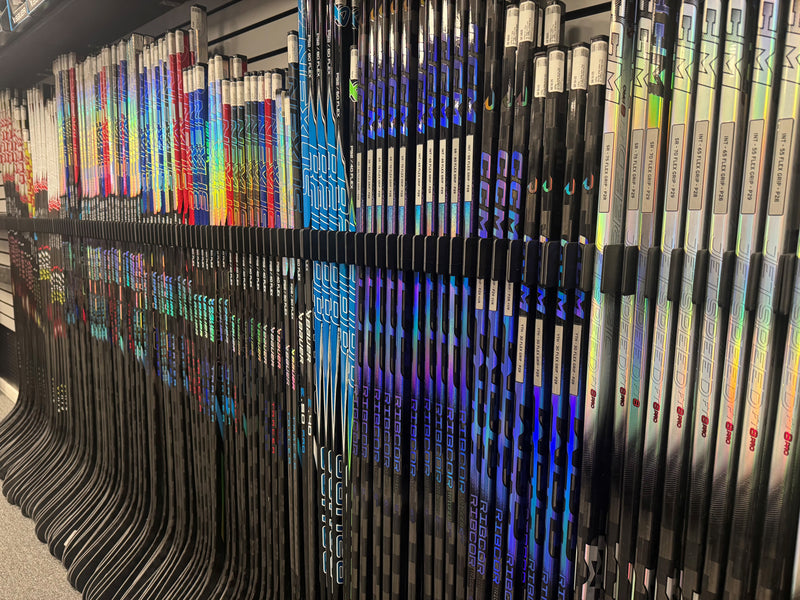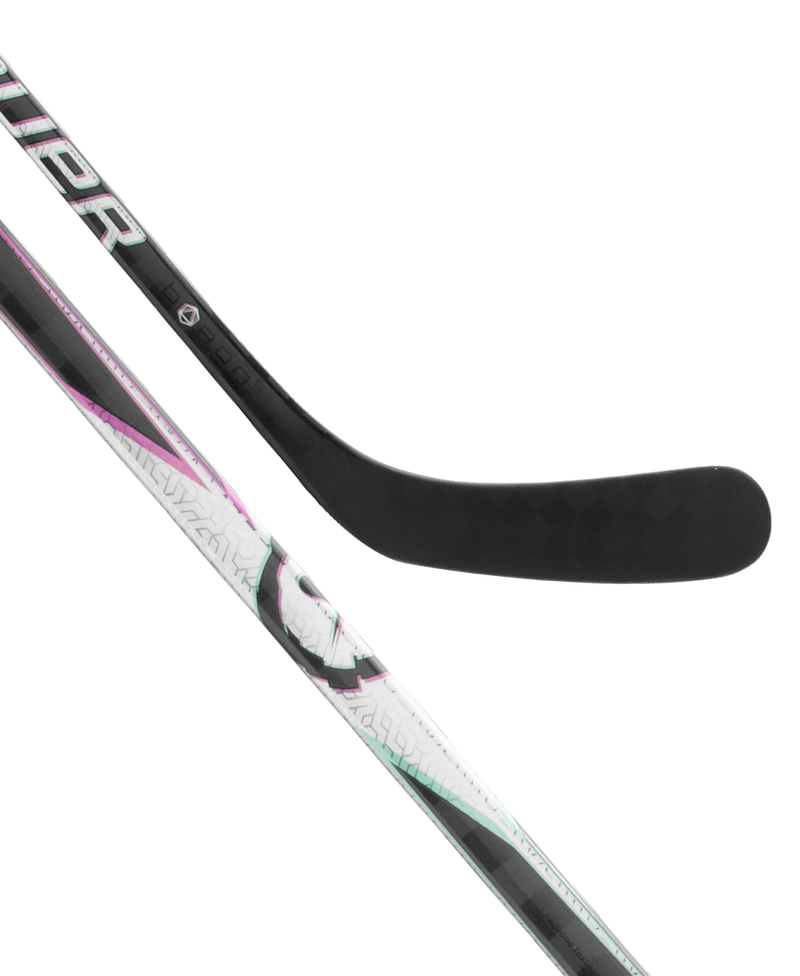
Elite Gear Assistance
Elite Gear Assistance
Choosing the right stick for your style of play is crucial to performance and confidence. This guide covers stick anatomy and how each choice changes feel, release, and control—plus popular blade patterns and our recommended families.
These answers help point you to the right family, flex, and curve.
Skating frequency affects durability and weight targets. 1–2x/week often favors value + durability; 3–5x/week skews to lighter elite builds.
Note weight, balance, release feel, and comfort. What feels great—and what doesn’t—guides your next choice.
Prefer quick snapshots? Look at low-kick. Want heavy one-timers? Consider mid-kick with a stable blade.
More shot pop, faster release, better puck feel, or improved control? We’ll map each to features below.
Every stick blends shaft geometry, layup, kick point and blade tech. Picking the right combo improves feel and results.
Shape changes grip and rotation; layup changes weight, balance, and how the shaft loads energy.
Low kick flexes near the blade for quicker shots. Mid kick loads through the middle for heavier releases.
Blade stiffness & curve pattern drive puck feel, lift, and accuracy for your shooting style.
Stick length changes skating posture and how you load shots. Balance (how weight is distributed) affects quickness and feel more than raw grams.
Quicker hands, lower swing-weight, and strong puck feel. Great for tight spaces and low-kick shooters who rely on quick snapshots.
Most balanced for mixed play—good reach without giving up too much handling. Easy transition if you’re unsure.
More leverage and poke-check reach; helps one-timers and mid-kick loads. Can reduce hands quickness if too long.
Flex is how easily the shaft bends. It’s labeled by a number on the stick. A higher number = stiffer; a lower number = whippier. A simple starting point: pick a flex a little under half your body weight.
| Player weight (lb) | Starting flex | Notes |
|---|---|---|
| 100–120 | 40–50 | Lighter players & youth; easy load for snapshots |
| 120–150 | 50–65 | Balanced for quick release and control |
| 150–180 | 65–75 | Most common senior starting range |
| 180–210 | 75–85 | Stiffer for heavier shots & one-timers |
| 210+ | 85–100 | Firmest feel; big shooters |
Use your weight and shooting style to get a quick recommendation — then jump right into the matching sticks.
Flexes closer to the blade for quick, deceptive releases. Ideal for snap/wrist shots in tight, catch-and-release plays.
Loads through the middle for heavier shots and one-timers. Great if you lean into shots or take clappers.
Matches the contour of your hand for confident control and edge awareness on the puck.
Easy rotation and twist—great for stickhandling and quick toe drags.
Square walls with rounded corners—balanced grip + mobility for all-around play.
Curve choice changes how you cradle, pass, and shoot. Here are the most popular patterns and what they suit.
Balanced cradle, easy lift, reliable accuracy. The safest all-around pick for most players.
Classic feel for handling and snapshots. Flat lie can help on quick releases and passing.
Pull the puck in and fire. Built for toe drags and fast releases from the toe pocket.
Jump into the lineup that fits your game. Each family below links to all sizes and specs.
We break down how each kick point loads, who benefits, and what to look for when you test on-ice.
A few staff favorites to get you started. Tap into each product or collection for full specs, curves, and sizes.



{"one"=>"Select 2 or 3 items to compare", "other"=>"{{ count }} of 3 items selected"}